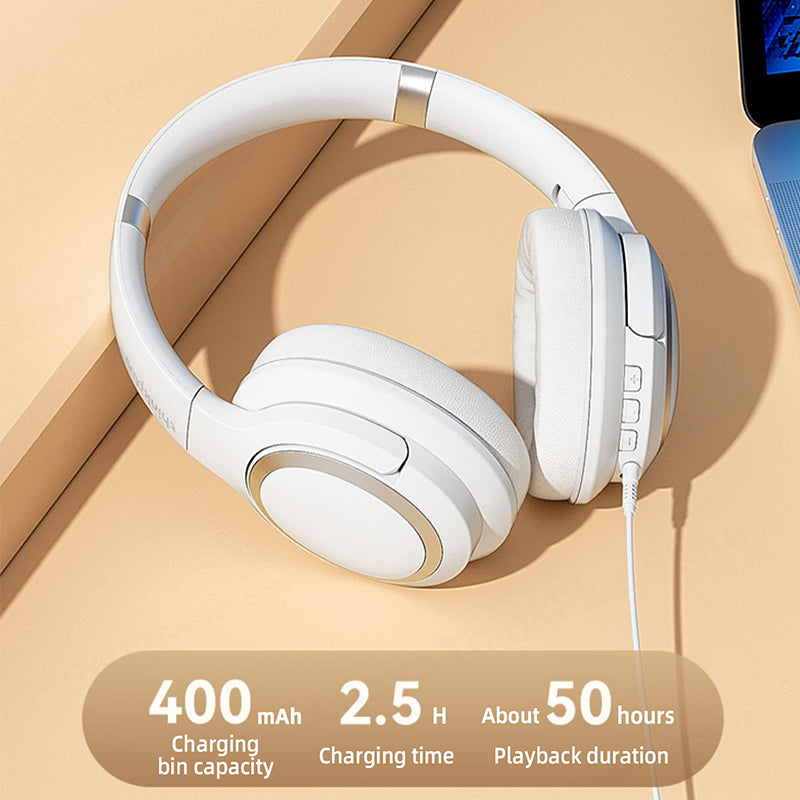If you’re in the market for a new pair of headphones, you’ve likely come across the term “impedance”. But what does it mean, and why does it matter? In this blog, we’ll explore the basics of headphone impedance and its impact on your listening experience.
What is Headphone Impedance
In simple terms, impedance refers to the amount of resistance that an electrical device presents to the flow of current. In the context of headphones, impedance refers to the amount of resistance that the headphones present to the audio signal from your device.Headphone impedance is measured in ohms (Ω). Headphones with low impedance have a resistance of around 16-32 ohms, while headphones with high impedance can have a resistance of 250 ohms or more.
Why Does Impedance Matter?
The impedance of your headphones can have a significant impact on their performance and compatibility with your audio source. Here are some factors to consider:Volume
Headphones with higher impedance require more power to produce the same volume as headphones with lower impedance. If you’re using headphones with high impedance with a low-power device like a smartphone or laptop, you may find that the volume is lower than you’d like.
Sound Quality
Higher impedance headphones can provide better sound quality than lower impedance headphones. This is because they require a more powerful amplifier to drive them, which can result in a cleaner and more detailed sound.
Compatibility
Some audio sources, such as portable devices like smartphones and MP3 players, may not be able to deliver enough power to headphones with high impedance. This can result in a weak or distorted sound. Additionally, some headphones with high impedance may require a dedicated headphone amplifier to drive them, which can be an additional expense.
Choosing the Right Impedance for Your Headphones
When choosing headphones, it’s important to consider the impedance and compatibility with your audio source. Here are some general guidelines:
Low Impedance (16-32 Ω)
Headphones with low impedance are compatible with most portable devices and can be driven directly from your smartphone or laptop. They may not provide the same level of detail and sound quality as higher impedance headphones, but they can be a good choice for casual listening.
Medium Impedance (32-100 Ω)
Headphones with medium impedance can provide a good balance between sound quality and compatibility. They may require a slightly more powerful amplifier than low impedance headphones, but are still compatible with most portable devices.
High Impedance (250 Ω or more)
Headphones with high impedance require a dedicated headphone amplifier to drive them properly. They can provide exceptional sound quality and detail, but may not be practical for use with portable devices.






